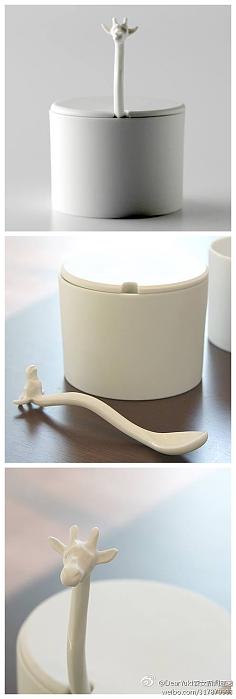Have you ever wondered about the beauty and versatility of sandstone? Known for its natural charm and durability, sandstone has been a favorite among architects, designers, and homeowners for centuries. In this article, we will delve into the fascinating world of sandstone, exploring its origins, characteristics, applications, and the reasons why it continues to captivate us.
Origins of Sandstone
Sandstone is a sedimentary rock composed mainly of sand-sized mineral particles. These particles are typically quartz, feldspar, and rock fragments. Over millions of years, these particles are compacted and cemented together by minerals like calcite, clay, or silica, forming the robust and versatile sandstone we know today.

Characteristics of Sandstone
One of the most appealing aspects of sandstone is its unique texture and color. The natural variations in grain size, color, and pattern make each piece of sandstone one-of-a-kind. Here are some key characteristics of sandstone:
| Characteristics | Description |
|---|---|
| Texture | Varies from smooth to rough, depending on the cementing material and the degree of compaction. |
| Color | Ranges from white, beige, and tan to brown, red, and even black. |
| Pattern | Unpredictable and unique, with a wide variety of grain sizes and cementing materials. |
| Hardness | Varies, but generally quite durable and resistant to weathering. |
Applications of Sandstone
Sandstone’s natural beauty and durability make it an excellent choice for various applications. Here are some of the most common uses of sandstone:
-
Building Materials: Sandstone is widely used in construction for walls, floors, and facades. Its natural color and texture add a unique aesthetic to any building.
-
Landscaping: Sandstone is a popular choice for landscaping projects, such as pathways, retaining walls, and garden ornaments.

-
Art and Craft: Sandstone is used in art and craft projects, such as sculptures, mosaics, and decorative items.
-
Architectural Features: Sandstone is often used for architectural features like columns, arches, and window sills.
Benefits of Sandstone
There are several reasons why sandstone remains a popular choice for various applications:
-
Environmental Friendliness: Sandstone is a natural material that does not require chemical processing or synthetic materials.
-
Longevity: Sandstone is durable and resistant to weathering, making it a long-lasting choice for construction and landscaping projects.
-
Customization: Sandstone can be cut, shaped, and polished to fit various design needs.
-
Aesthetic Appeal: Sandstone’s natural beauty and texture add a unique and timeless charm to any project.
Popular Sandstone Varieties
There are many different types of sandstone, each with its own unique characteristics. Here are some of the most popular varieties:
-
Sierra Sandstone: Known for its golden yellow color and fine grain texture, Sierra Sandstone is a popular choice for landscaping and architectural projects.
-
Red River Sandstone: This variety features a rich red color and a coarse grain texture, making it an excellent choice for exterior cladding and retaining walls.
-
Carolina Sandstone: With its smooth texture and soft beige color, Carolina Sandstone is a versatile choice for both indoor and outdoor applications.
-
Arkansas Sandstone: Known for its dark red color and fine grain texture, Arkansas Sandstone is a popular choice for sculptures and mosaics.
Conclusion
Sandstone is a remarkable natural material that offers a unique blend of beauty, durability, and versatility. Whether you’re building a home, landscaping your garden, or creating
